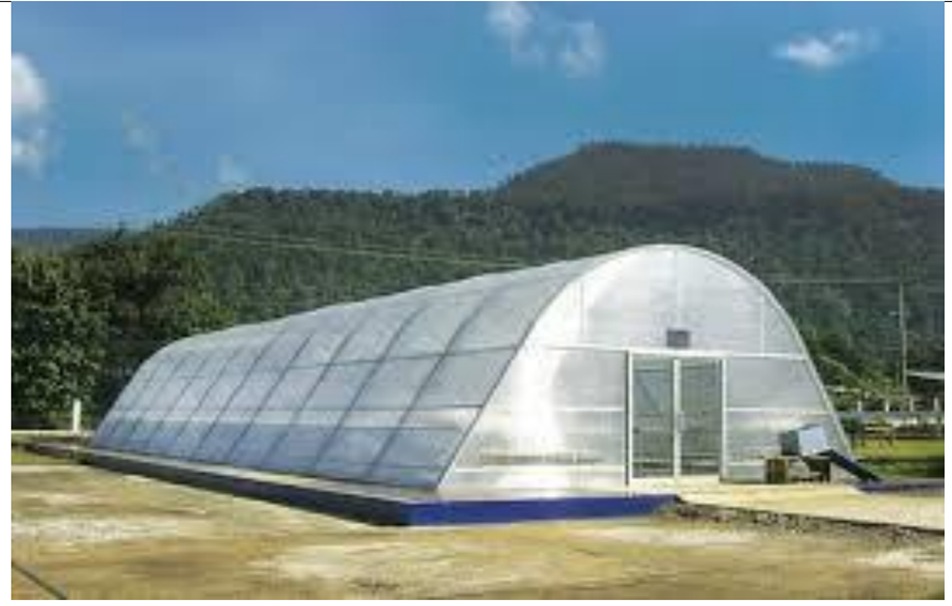ISLAMABAD: Pakistan is a major producer of fruits, crops, vegetables, and other agricultural products. However, due to a lack of proper storage capacity, large amounts of agricultural produce go waste. It is estimated that 30%-40% yield is wasted annually, resulting in a low return on investments for growers, reports WealthPK.
To help resolve the issues related to drying and storage of agriculture produce, the Pakistan Council of Renewable Energy Technologies (PCRET), a wing of the Ministry of Science and Technology, has developed several models of solar dryers with drying capacities ranging from five to 1,000 kilogrammes.
The PCRET has also published a report on ‘Solar Drying’, suggesting that drying agricultural products before storing them in a controlled environment is essential to maintain their quality and reduce off-season wastage.
In the past, dryers powered by traditional sources like electricity, coal and other fossil fuels heated the air around stored products, incurring high costs.
Under the Public Sector Development Programme, Punjab and Khyber Pakhtunkhwa governments have engaged PCRET in designing, developing, and installing dryers with capacities of 500 kilogrammes. PCRET has also made a solar dryer for Pakistan Tobacco Board for curing tobacco. It has also made a photovoltaic tunnel dryer with a capacity of 500 kilogrammes for the government of Sindh.
The PCRET report says that solar-powered greenhouse dryers can be widely used due to the amount of solar energy available in tropical and subtropical countries. In most cases, solar energy is sufficient to cover the heat requirements of small dryer units and the temperatures required for optimal crop drying.
The mean global irradiance falling on a horizontal surface in Pakistan has the potential to produce energy that varies from 4.7-6.2kWh (per unit). The number of clear sunny days in the country varies from 250 in the northern region to more than 300 days in most parts of the country. As a result, this technology is easier to adapt in Pakistan than the fully mechanised technologies.
There is a tendency in Pakistan to dry products in the open air, which results in lower quality product and increases waste. Open-air drying is less desirable because it exposes products to dust, insects, wind and precipitation, which may cause an illness to users. Therefore, solar drying is preferred because of its independence from traditional energy sources, cost-effectiveness, and reduced agricultural waste.
The primary advantage of drying fruits and vegetables is that it barely affects the main calorie-containing components. The shelf life of dried fruits and vegetables is longer if they are dried and stored properly. The cost of transportation, handling, and storage is substantially reduced if this method of drying is applied.
Solar-powered greenhouse dryers are critical for modern marketing because they ensure a consistent supply of agricultural products. Moreover, they utilise the most economical and disposable form of packaging.
In addition, providing drying facilities for vegetables and fruits to other growers is also a profitable business. The solar-based dehydration of vegetables and fruits at a rate of 5,797 kilogrammes per day over an area of one acre requires a capital expenditure of over Rs25 million for building and buying machinery and equipment, according to a project report from the National Bank of Pakistan.
Additionally, working capital in the range of Rs2.8 million is needed to purchase raw material. The total project cost is thus about Rs28 million, while the project’s expected net profit in the first year is around Rs1.3 million, which will reach about Rs145 million in the next 10 years.





